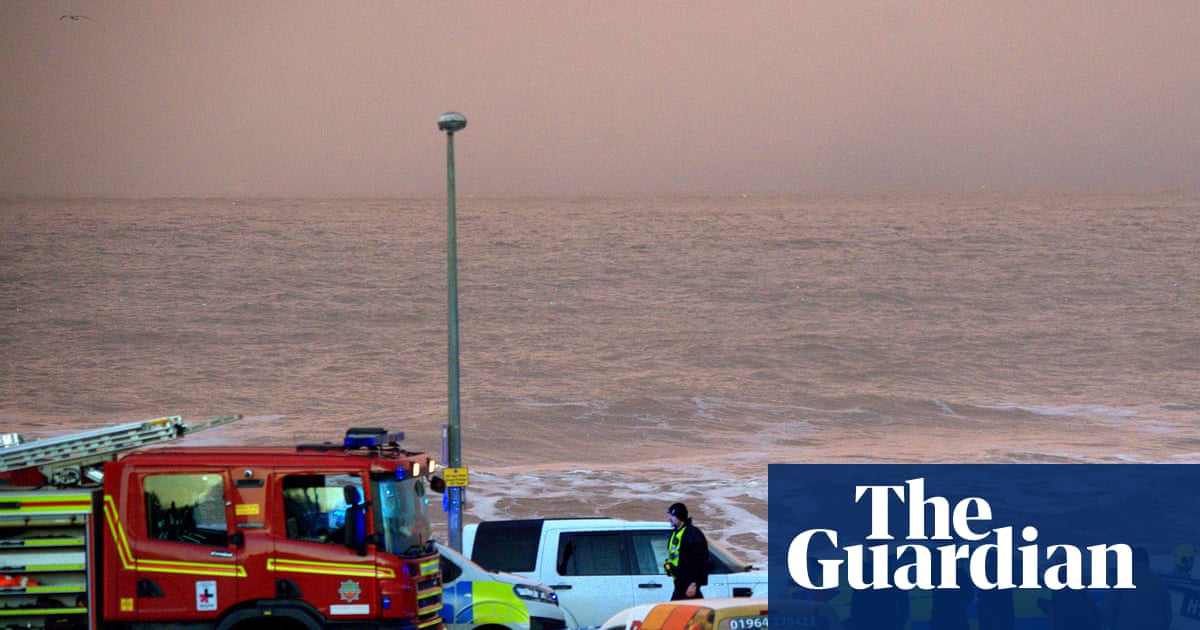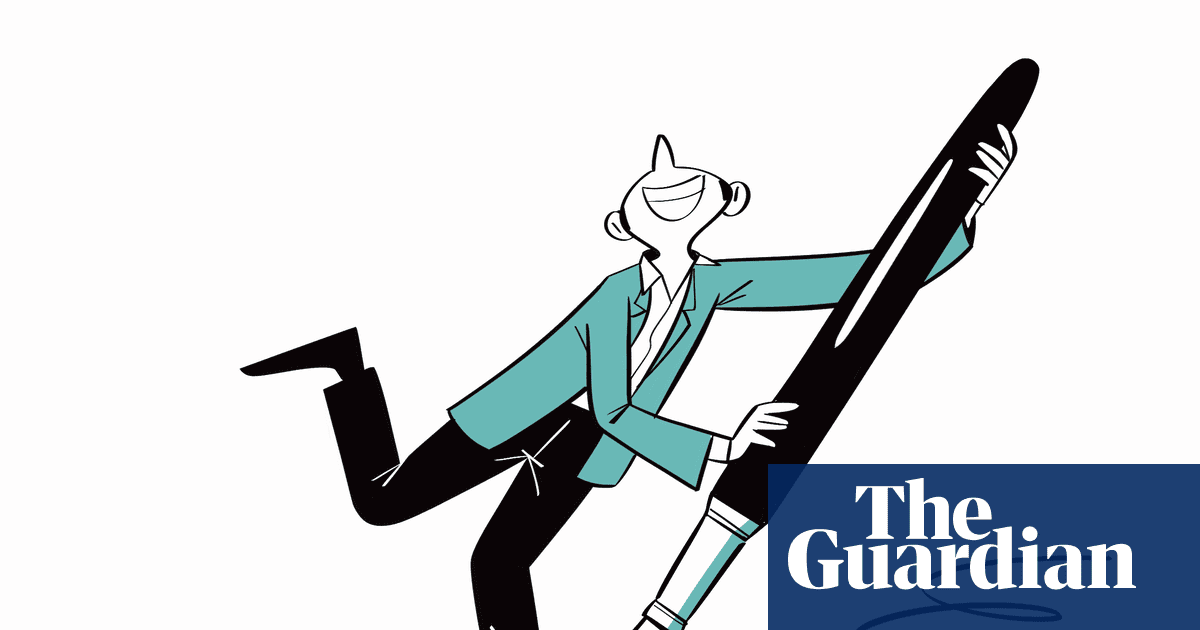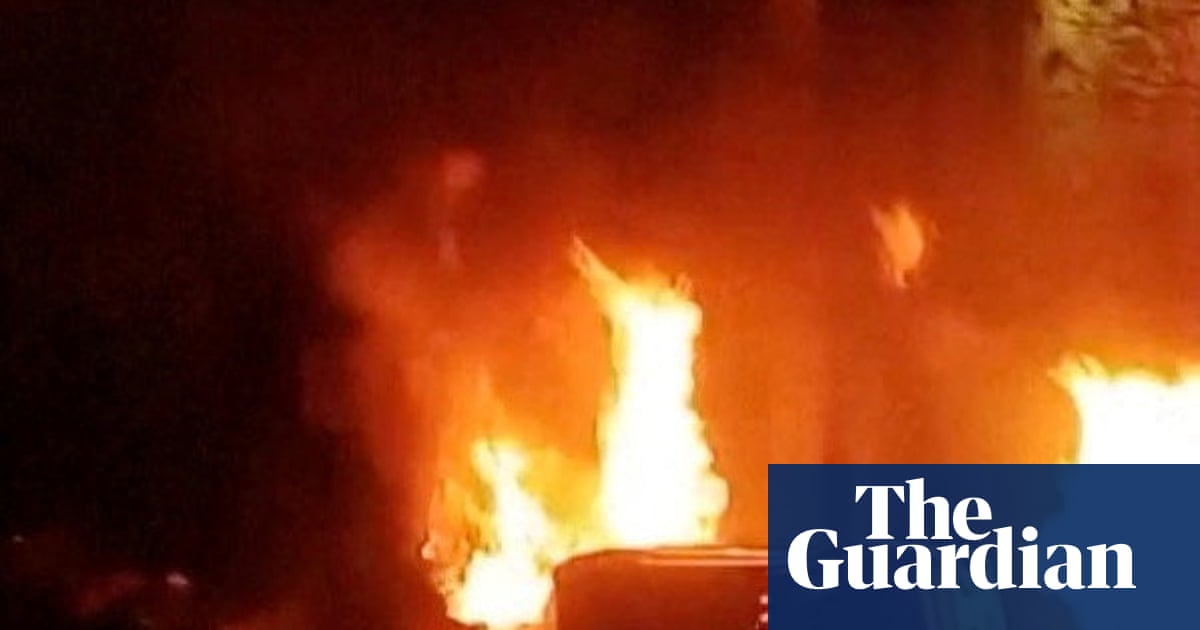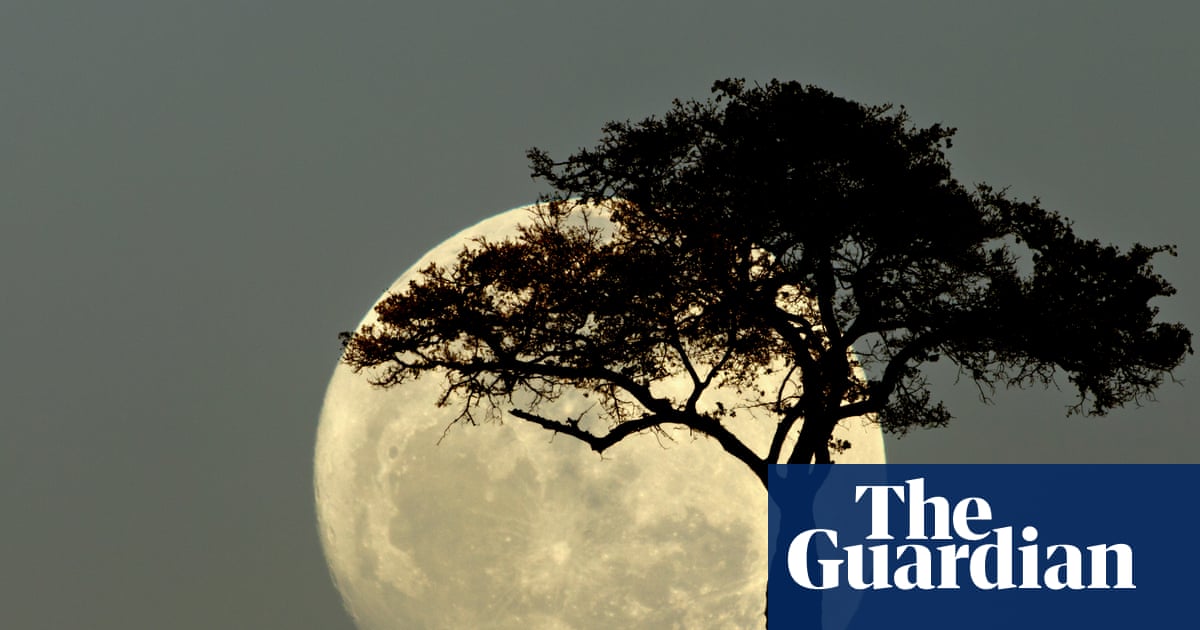Hedgehogs, salmon and birds have been put at risk by this summer’s dry conditions, Natural England has said, as drought conditions continue.
The government nature watchdog addressed the National Drought Group of government officials and stakeholders in its meeting on Monday to warn of the dire effect on wildlife the dry summer weather has had.
Hedgehogs and garden birds have been struggling particularly because they have been unable to dig for worms and other insects in the dry, compacted soil. They have also been dehydrated, with no puddles to drink from.
Spawning pools for Atlantic salmon and natterjack toads have also dried up, Natural England said, which means they had a bad breeding season.
Wetland birds such as the shoveler duck and the curlew have also seen their marshy habitat disappear during the dry weather.
Natural England also said that important peatlands have been drying out and at least 3,000 hectares (7,410 acres) of land on sites of special scientific interest have been destroyed by wildfire.
There have been seven consecutive months of below average rainfall, which has plunged the country into drought conditions. Despite recent heavy rain, reservoirs and groundwater remain at low levels. Reservoirs fell by 1.4% last week, and are now 56.1% full on average across England. The average for this time of year is 82.8%. Last month capped a hot and dry summer that was the warmest on record for the UK since 1884, and the majority of England recorded less than half the average rainfall for August.
The water shortfall situation in England has been defined as a “nationally significant incident” based on the number of areas affected and the impact being seen in the environment.
Tony Juniper, the chair of Natural England, said: “Drought conditions are having a catastrophic effect on our flora and fauna, which lasts long after rain returns. Some Atlantic salmon streams have dried up and there are declining populations of wetland birds and amphibians. Garden animals such as hedgehogs are dying because their insect-based food sources disappear during drought.
“We need to take action now to make our landscapes more resilient, including through the creation of more wetlands to help cope with the effects of both drought and flood.”
The Royal Horticultural Society (RHS) has noticed berries ripening weeks early in its gardens across the country. This has led to fears for birds and other animals, as if the fruit is out too early this may mean a dearth during the later autumn and early winter, when food is scarce.
Guy Barter, the chief horticulturist at the RHS, said: “A dearth of berries in later winter, because they ripened now, could lead to birds going short of food. Birds need frequent meals and are reported to not have large food/fat reserves to fall back on unlike, say dormice. It may be wise for people to double down on feeding birds this winter.”
Barter added that blackberries, cotoneaster, hawthorn and holly are out already, but that some plants such as pyracantha and ivy have not got ripe berries yet. “Therefore, when planting for wildlife it would be prudent to plant a wide variety of berrying plants for a spread of berry maturity,” he advised.
Mark Roberts, a water management specialist at the National Trust, said: “This year’s drought has left a clear mark on nature. Dried-up springs in the Lake District have impacted water supplies and depleted water bodies have caused the death of fish. Both our newly planted and ancient trees have struggled since early spring, with usually lush flower borders in our gardens showing real signs of stress, hampering their ability to provide food and shelter for a variety of insects including bees and amphibians such as frogs.
Experts have warned it will take a wet autumn and winter to reverse the impacts of seven continuous months of below average rainfall.

 3 months ago
64
3 months ago
64

















































